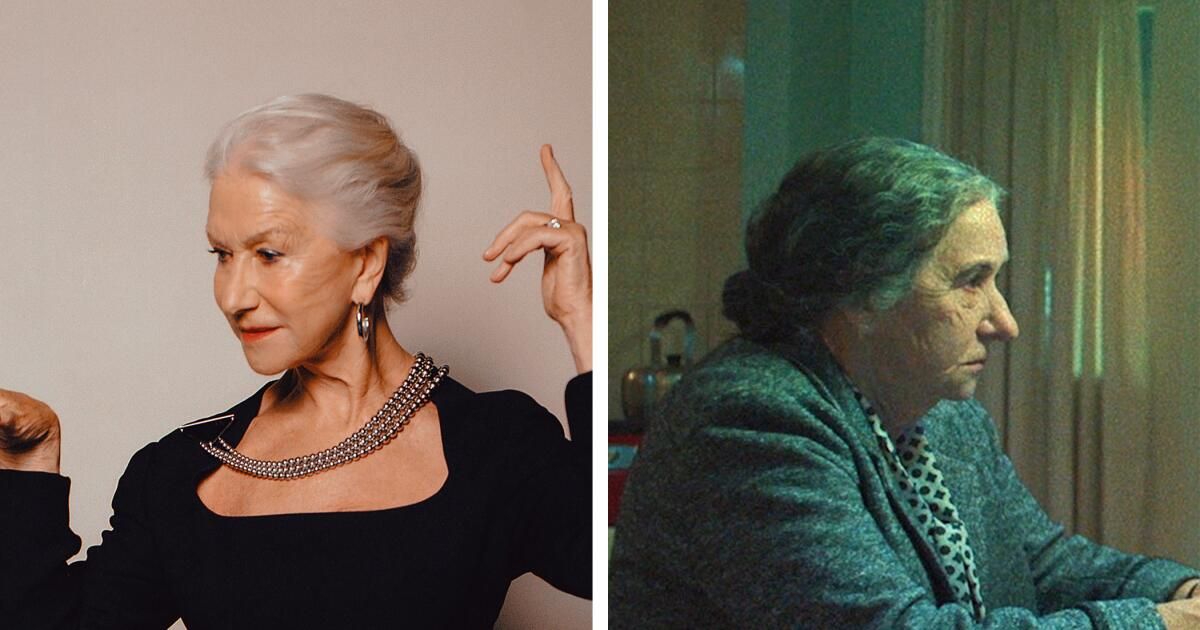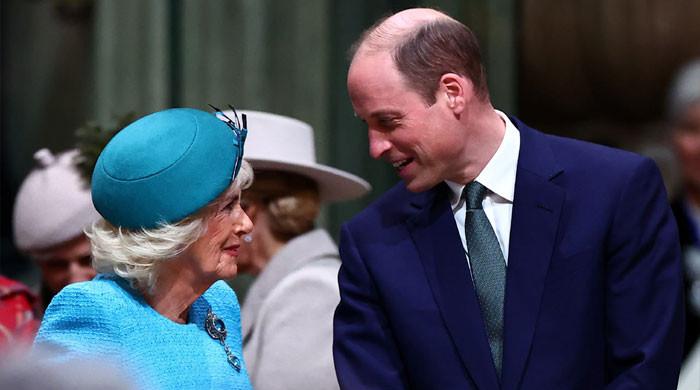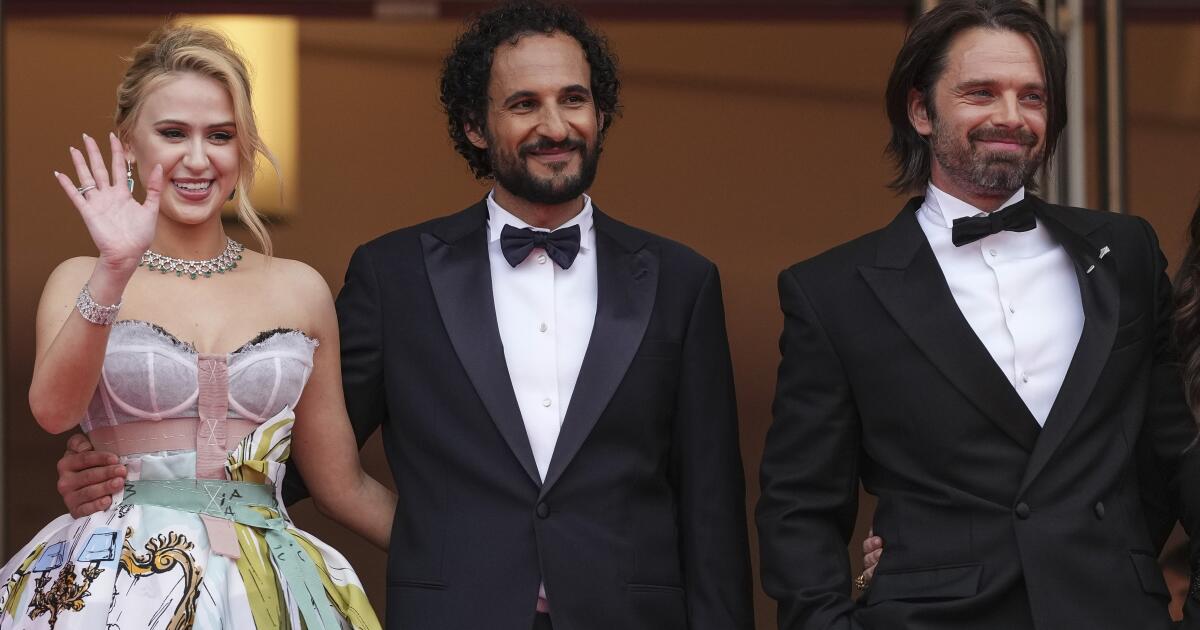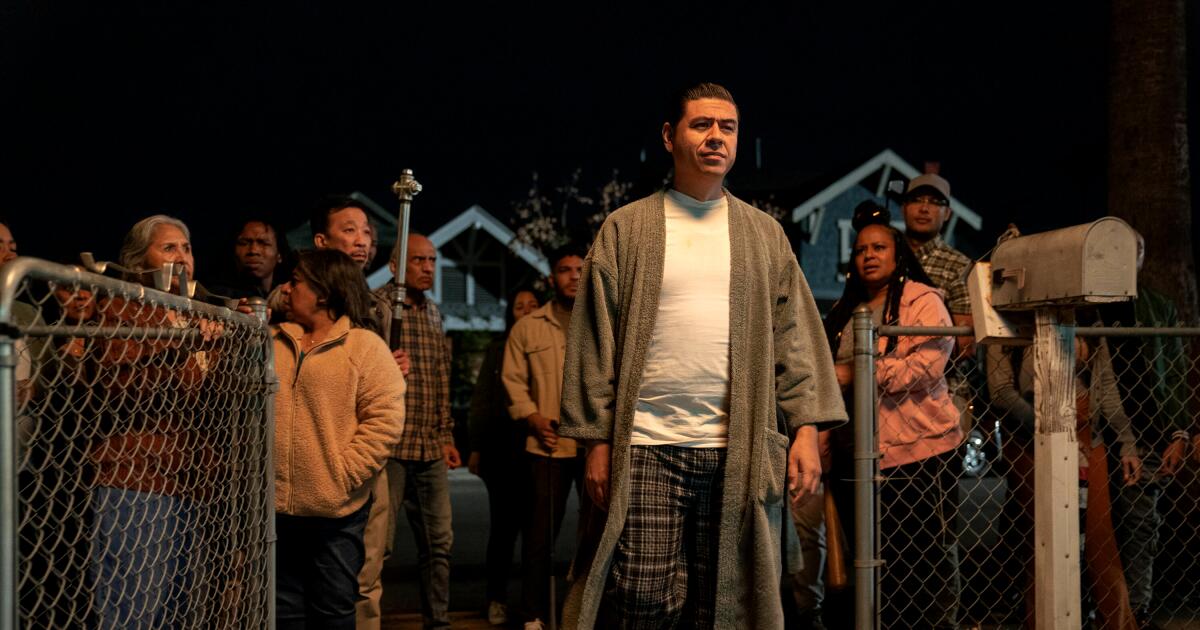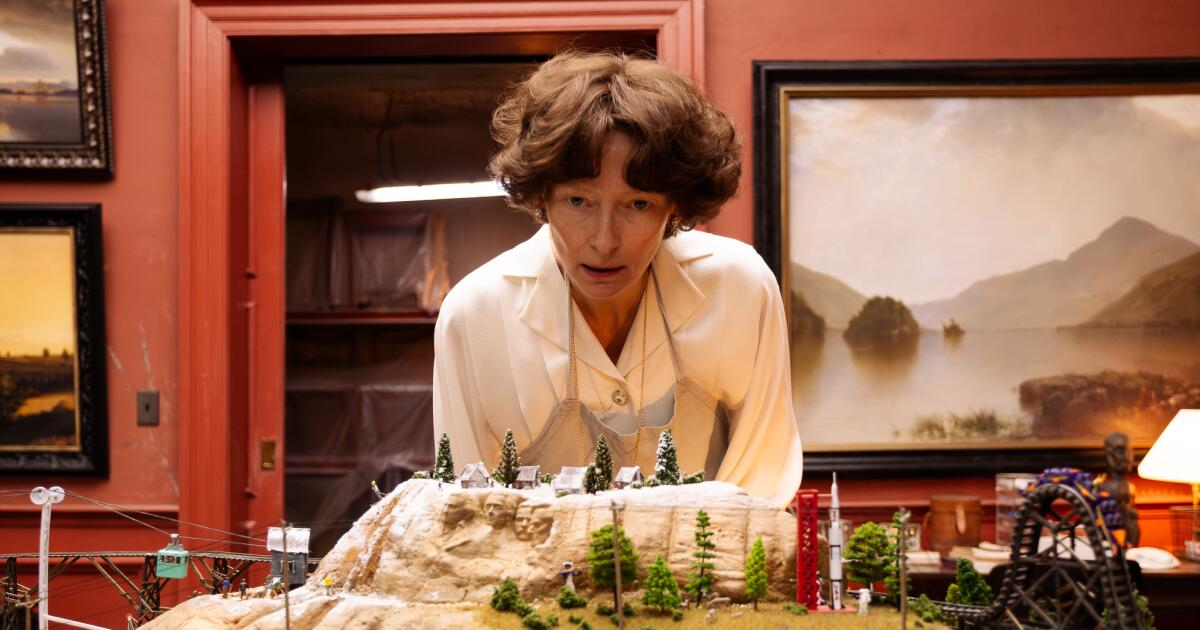With increasing, almost predictable regularity, Oscar voters have shown a preference for famous people who go to great lengths to play other often famous characters from fiction or history. If we look at the list of lead actor or actress nominees just in the 21st century, we’ll see a regular pattern that reveals how spending hours in the makeup chair weighs the balance in favor of getting a nomination. It worked for Daniel Day-Lewis in “Lincoln”; when Rami Malek learned to sing with Freddie Mercury’s overbite in “Bohemian Rhapsody”; and when Nicole Kidman got a new nose to play Virginia Woolf in “The Hours.” Intense transformations were once again a key part of the films announced this year. This is how some suffered for his art and his potential Oscar recognition.
“Golda”
When you transform one icon into another, it pays to be prepared for intense scrutiny. The opening shot of “Golda” focuses on an extreme close-up of Helen Mirren’s eyes and eyebrows as Golda Meir, Israel’s first female prime minister.
The film’s hair, makeup and prosthetics designer, Karen Hartley Thomas, practically gasps when she remembers the camera lingering on her makeup work. “So close! So enormously close!” she said. “We had tried those eyebrows. It’s always a fine line to get these things right and not be a caricature.”
Mirren, 78, is virtually the same age as Meir, 75, during the 1973 Yom Kippur War, the period the film covers. Transforming the elegant, non-Jewish British actress into the matronly prime minister required prosthetics for her cheeks, chin, nose and neck, as well as contact lenses and a wig. The designer designed a replica wig after learning from Meir’s family that her leader wound her long braided hair into a bun.
Hartley Thomas used her makeup magic to create wrinkles, shadows, and the skin tone of an older person without obscuring the human being underneath: “Actors are a little bit reluctant about heavy makeup because it can look like a mask.”
Although daily makeup applications could take two and a half hours, “we wanted to make it as easy as possible for Helen,” Hartley Thomas said. “You need it to look as natural as possible. It sounds strange with makeup as big as this, but we really went for minimal.”
Actress Cailee Spaeny plays the wife of the King of Rock ‘n’ Roll in “Priscilla”
(Lila Barth / For The Times; A24)
“Priscilla”
The trailer for director Sofia Coppola’s “Priscilla” begins with shots of Priscilla Presley applying eyeliner, false eyelashes and lots of hairspray, a snapshot of her transformation from a child to a sophisticated woman’s version of her husband.
However, in this version of Presley’s memoir, “Elvis and Me,” his hair is almost a silent character, which hair designer and department head Cliona Furey used to help tell his story.
An ambitious, out-of-sequence 30-day shoot meant Furey had to come up with a plan to quickly transition actress Cailee Spaeny over 14 years, a process she says required “finding the balance between a little of creative license and address iconic moments appropriately while respecting historical accuracy.”
A period specialist, Furey used his personal collection of vintage wigs, accessories and hairpieces along with vintage techniques such as wet play curlers, teases and insertions to increase height on the more than 20 cast members. Five frequently redesigned wigs take Priscilla from a 14-year-old girl with a ponytail and bangs to a young bride, mother, and style-setter with enormously high hair.
“I put a similar color for that last wig as I did for the first wig to help with the story arc,” Furey said. “I was the one who told the story of our hair.”
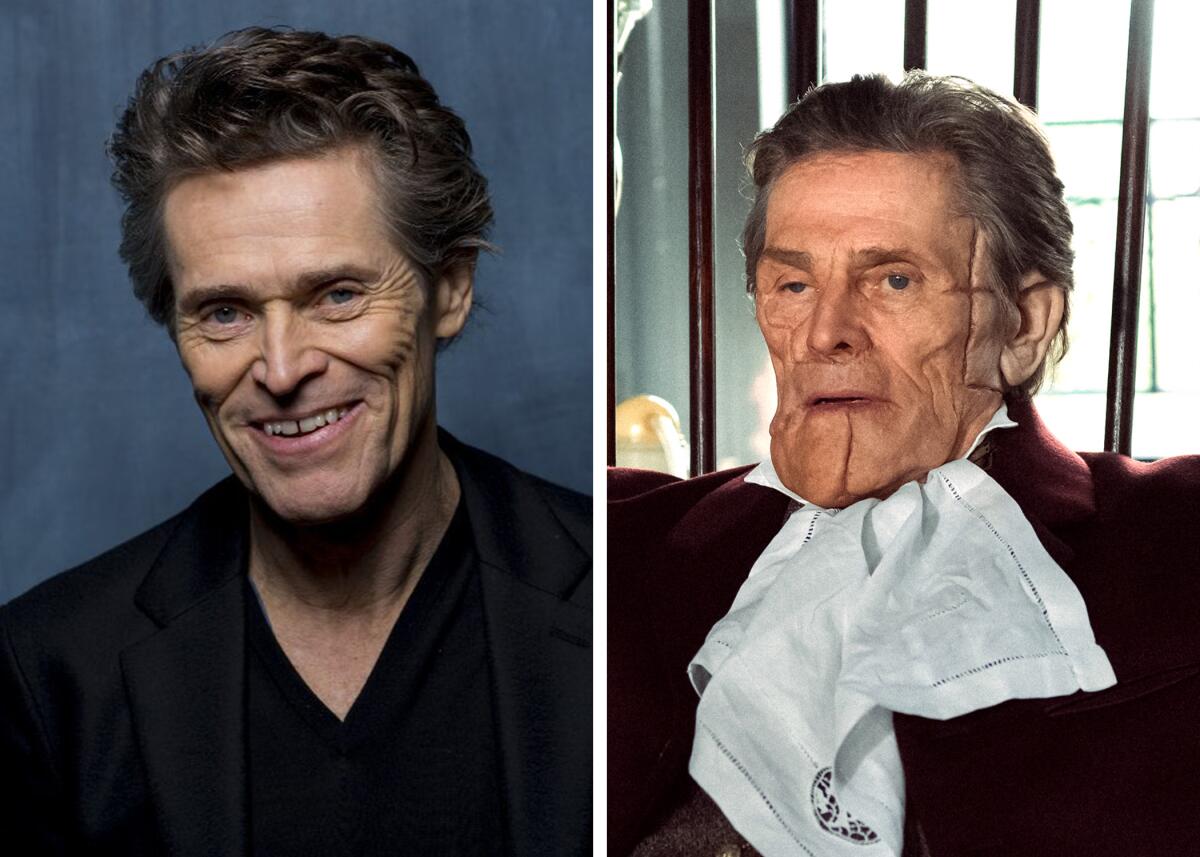
Willem Dafoe without makeup and Willem Dafoe as Dr. Godwin Baxter in “Poor Things.”
(Jay L. Clendenin / Los Angeles Times; Atsushi Nishijima / Searchlight Pictures)
“Poor things”
Hair, makeup and prosthetics designer Nadia Stacey wanted to make sure “Poor Things” viewers could go on an emotional journey with Dr. Godwin Baxter, the film’s mad scientist protagonist. Baxter, himself a surgeon, has been experimentally operated on by his father, so Stacey had to demonstrate how he has been both Dr. Frankenstein and the monster.
Stacey guided her design of Willem Dafoe as Baxter to show how “he’s been put together like a man’s patchwork quilt,” she said. A half-dozen pieces of silicone, some pre-painted and all made daily, were applied to Dafoe’s ears, jaw and chin, forehead, thumbs, hairline and one eyebrow, most with scars or vivid deformities.
“Their scars must be somewhat perfect” to illustrate that Godwin and his father were expert surgeons, Stacey said. They lowered one ear to imply that it was once removed and replaced, and made his right jaw dip unevenly to add more distortion.
“You have to feel for him. “If the look is too grotesque, it beats the way you see the character on screen,” said Stacey, a 2022 Oscar nominee for “Cruella.” She was careful not to darken Dafoe’s face too much and applied prosthetics in pieces to allow for more natural muscle movement.
Once the look was established, Stacey and her team could move on to making Dafoe feel comfortable during the three-hour application process. But there were still surprises to come. “Only two weeks later we learned that the first 50 minutes of the movie would be filmed in black and white,” he said. The change required new makeup tones so that the face could be read well.
“I always think that with makeup it should be striking, but not that you notice it all the time, even with someone with changes as big as Baxter’s face,” she said. “You almost want to get to a point where you just accept that this is what it looks like.”
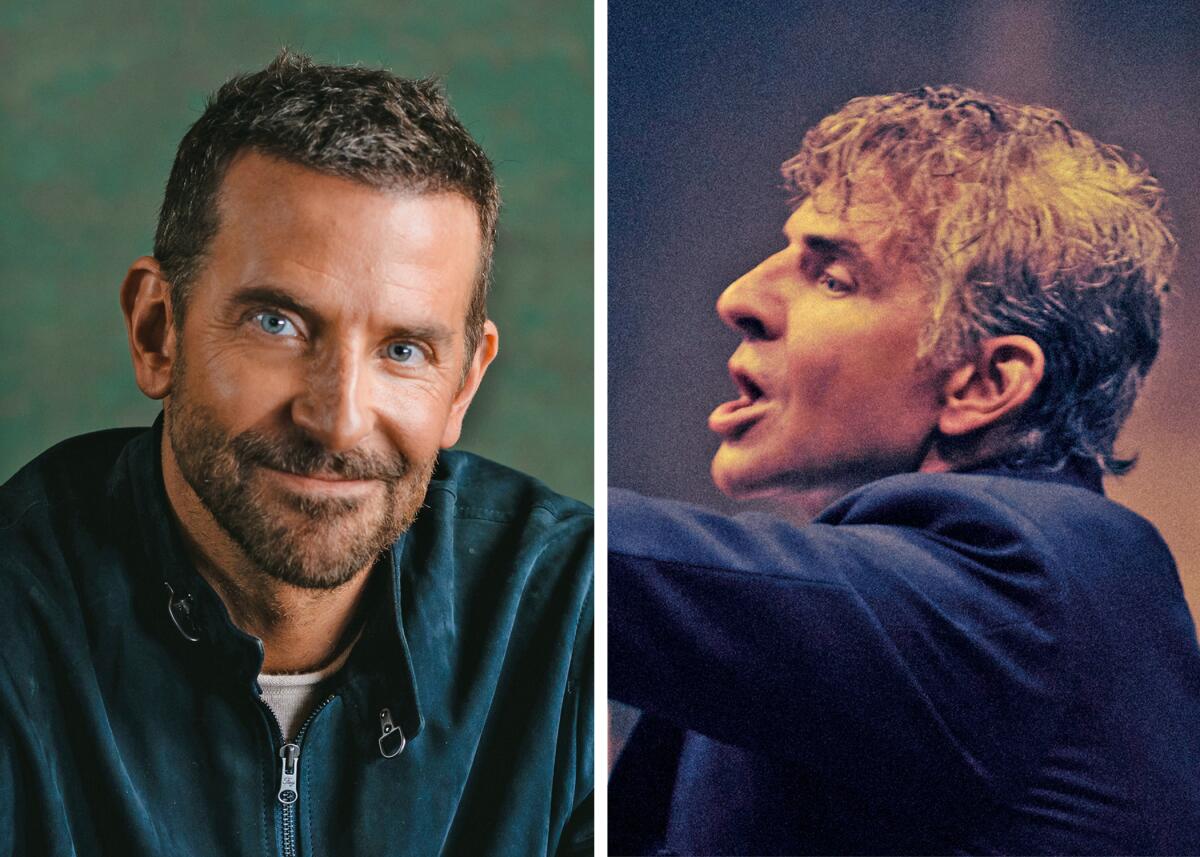
Writer, director, producer and star Bradley Cooper as himself and composer, director and musician Leonard Bernstein in “Maestro.”
(Jason Armond / Los Angeles Times; Jason McDonald / Netflix)
“Teacher”
In “Maestro,” star and director Bradley Cooper, 48, had to age nearly 50 years to play legendary director and composer Leonard Bernstein. It was up to prosthetic makeup designer Kazu Hiro to help the actor look younger, older, heavier, and more like Bernstein.
When your subject is also your boss, the task might be more difficult, but Cooper was “without a doubt, the best person I’ve ever worked with,” Hiro, a double Oscar winner (“Bombshell,” “Darkest Hour”) and two times nominee, he said via email.
“I designed five different scenarios to represent the evolution of Lenny’s appearance over the years. For all stages, I incorporated vacuum formed pieces to accentuate the helix and earlobe. AND [a] Silicone nose plug to widen the wings of your nose.” For later years computer sculpted body pads were added.
Here, he breaks down those stages:
(1943-46): “Bradley had prosthetics on his nose, upper and lower lip and chin. I used a silicone string attached to the wig clip, which I secured to the temple hair, giving a subtle highlight to the corners of the eyes.
(1955-57): “At this stage the original prostheses were preserved but without the facelift. The wig was placed a little higher and after its application I added gray shading to the temples.
(1967-71): “At this stage, prostheses were introduced into the nose, upper and lower lips, chin, cheeks, neck and earlobes. Given the closeness of Lenny’s hairline to Bradley’s, I wore a bald cap, leaving the back of my neck exposed. Stylist Lori McCoy Bell blended the wig with Bradley’s natural hair.
(1977-78): “At first, I designed and sculpted an older look, but Bradley wanted Lenny to look younger and “sexy” during this period, especially since Lenny was dating a younger man. I introduced a forehead piece to the existing Stage 3 look and added some aged stippling around the eyes, along with brow hair pieces. This scenario also featured mustache and beard scenes.
(1989): “This comprehensive stage included prostheses for the top of the head, forehead, eyelids, nose, upper and lower lips/chin, cheeks, neck, nape, shoulders, earlobes, hands and arms.”

